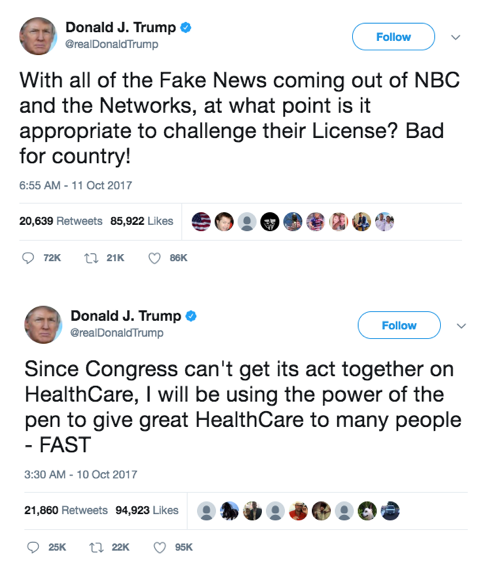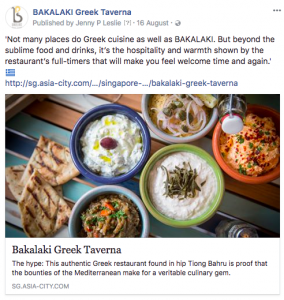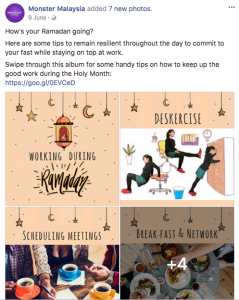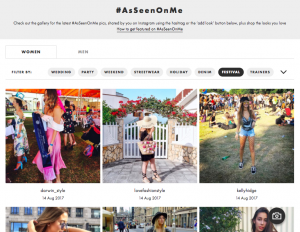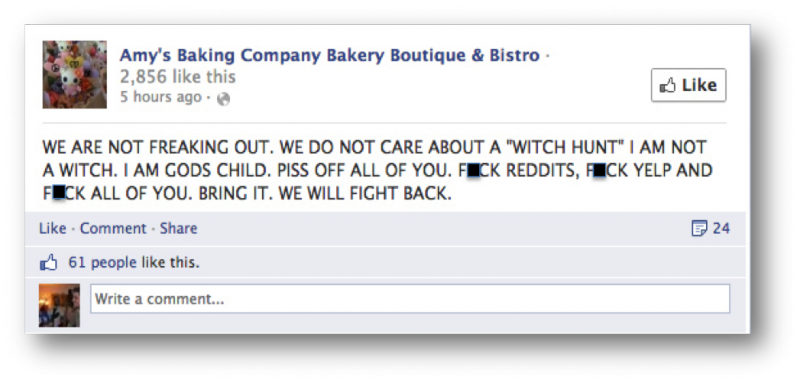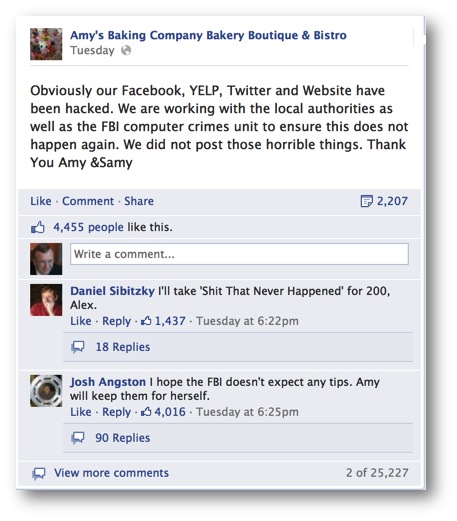Recently, Beyoncé and Jay-Z dropped their first fully collaborative album, The Carters. Critics and fans alike immediately embraced the tracks and hailed the LP as a celebration of Black art, excellence and legacy.
Over the years, the Carters have managed to exert an ironclad control over their public image despite their humongous stature. The four-pronged strategy of largely staying clear of public squabbles and scandals, carefully curating their social media feeds, rarely giving interviews and not hyping their new projects before they’re released has only deepened the mystery surrounding hip hop’s foremost family. This decision is no accident – the couple is notoriously private and this strategy has infused intrigue into their reputation. Because they are rarely in the public eye, when they do pop up, it seems that the whole world sits up and takes notice of them.
From a business perspective, this type of PR strategy seems impossible to implement. But there are some lessons that can be gleaned – here’s what we can learn from the Carters:
Controlling the Narrative
When rumours of trouble in the couple’s marital paradise broke out in 2013, neither party added fuel to the fire. Unlike other celebrity couples who rush to give a statement when their relationships hit rock bottom, the Carters remained mum on the state of their marriage. They addressed the hearsay when Beyoncé released Lemonade in 2016, an entire album peppered with lyrics and visuals that suggested the possibility of marital strain. The endless speculations that ensued proved to be massively profitable for both Jay-Z and Beyoncé.
While controlling the narrative should be a basic skill for any company’s PR team, in this age of hyperconnectivity and non-stop streaming, firms will find themselves with a very small window of time to prevent crisis situations from becoming communications disasters. Whether it’s appeasing a crowd bent on obtaining answers or addressing unsavoury gossip, it’s imperative to weave a story that sets the tone for all future conversations surrounding the topic at hand. That way, your narrative will drown out all other chatter.
A Well-Oiled Social Media Machine
Both Beyoncé and Jay-Z are known to shun traditional PR paths when announcing new content. For albums Beyoncé and Lemonade, Beyoncé decided to bypass mainstream media outlets and release the albums digitally via an announcement that came from her own account. By doing this, she broke the fourth wall and gave the content directly to her fans via social media. The result? Unprecedented success for both albums. For Lemonade specifically, the release of the album was timed at a juncture when social media was rife with conversations surrounding racial tensions and feminism, and the album’s messages on both topics seemed especially poignant. The couple also demonstrates a deep understanding of curated visuals in today’s social media landscape, as reflected in the multiple music videos of Lemonade and Jay-Z’s 4:44.
It’s no secret that combining social media and highly creative visuals is a winning combination. But to ensure the success of your client’s products upon launch, you must leverage social media to reach your target audience. Follow up with a steady stream of high-quality visual content that’s shareable, accessible and most importantly, relevant.
Authenticity
You’ll be hard-pressed to find a recent Beyoncé or Jay-Z interview. Instead of relying on the media, or even social media, to give fans an inside look at their lives, both Bey and Jay prefer to pour little details of their life into their music. Beyoncé’s mastery of social media is impressive – she occasionally posts rare snapshots from her day-to-day life, puts time and effort into creating a spectacle when announcing milestones and hardly ever adds captions or hashtags, letting the images speak for themselves. As a result, fans interpret and discuss the images, and are left wanting more.
Audiences are smart and can easily discern an inauthentic brand. So cut through the clutter by staying true to your brand’s core values and identity; be honest and daring, let your voice ring true in all your communications and never be afraid to weigh in on issues that are pertinent to your business.
Though you may encounter 99 problems, PR should never be one. A good PR strategy is irreplaceable – so why not invest time and energy in creating a fail-proof communications game plan? Reach out to us if you’re in the dark about how to get started.
Need help crafting the ideal PR strategy? Drop us a message at [email protected]
(Cover photo source: Pinterest)


